
Positive Mobility
eMagDominican Republic: a place in the sun
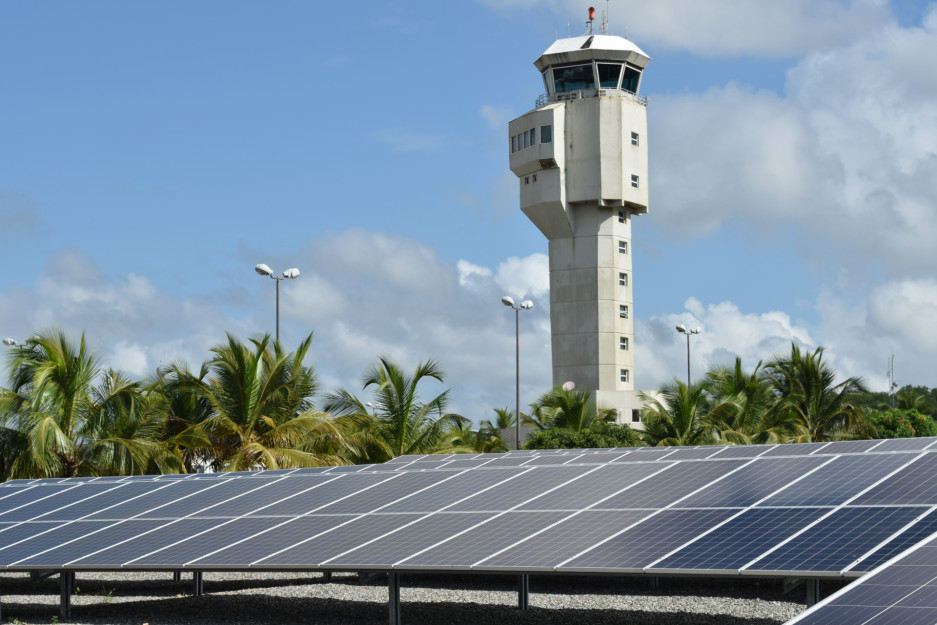
Does the unprecedented global health crisis mean that the climate emergency will be forced into the background? At VINCI Concessions we believe the opposite is true, that ecological responsibility will be one of the core pillars of the post-crisis world. Now more than ever, businesses must transform their visions for responsibility into actions on the ground that deliver measureable results. This was the guiding principle behind the decision taken by VINCI Airports teams in the Dominican Republic to install solar farms. A guided tour.
Four of the Dominican Republic’s six airports are now home to solar farms. This adds up to over 10,000 photovoltaic panels helping to reduce each site’s carbon footprint.
These installations meet three needs:
- minimising carbon emissions;
- controlling electricity budgets;
- cutting each site’s dependency on imported fossil fuels.
This large-scale initiative is a response to environmental challenges that are among the most critical we all face, and that will define the future of the aviation industry. The challenge is especially critical in the Dominican Republic, a destination that has seen a major rise in traffic. In 2019, a total of 5.6 million passengers travelled through the VINCI Airports network in the region.
Today, these solar farms generate 25% of the energy used by airports in the Dominican Republic. And CO2 emissions have been cut by 13,5% since 2016.
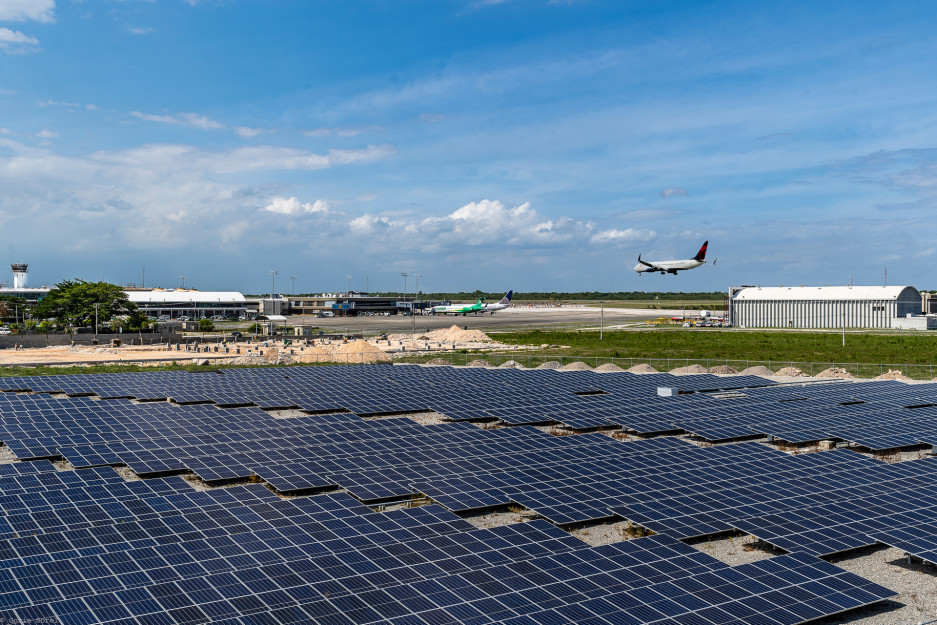
The Dominican Republic’s main airport with 4.5 million passengers in 2019, Las Américas is fitted with 4,546 photovoltaic panels that produced 2,158,036 kilowatt hours in 2019, exceeding the site team’s targets.
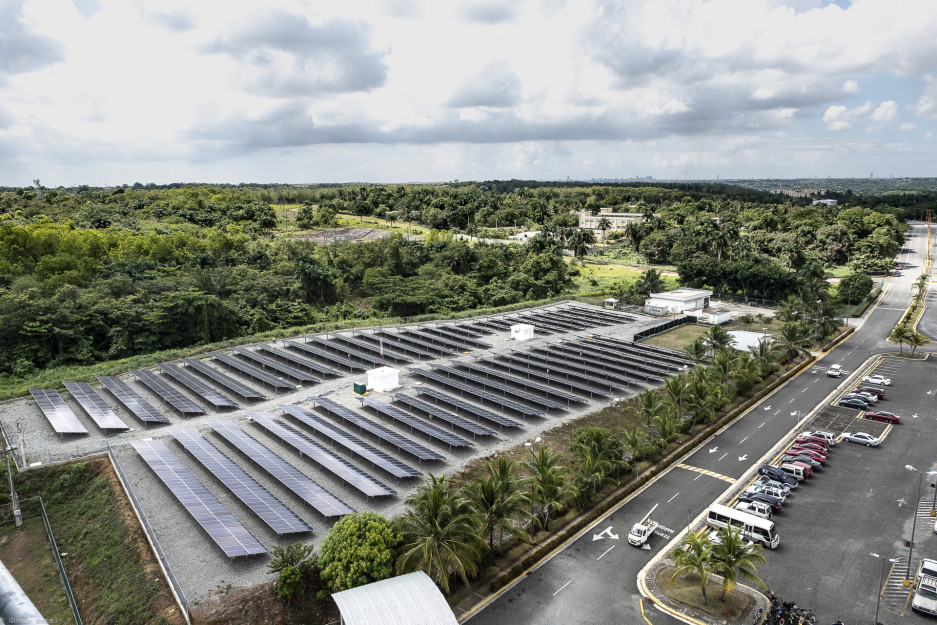
A dedicated 12-strong team manages the photovoltaic panels installed at all the sites.
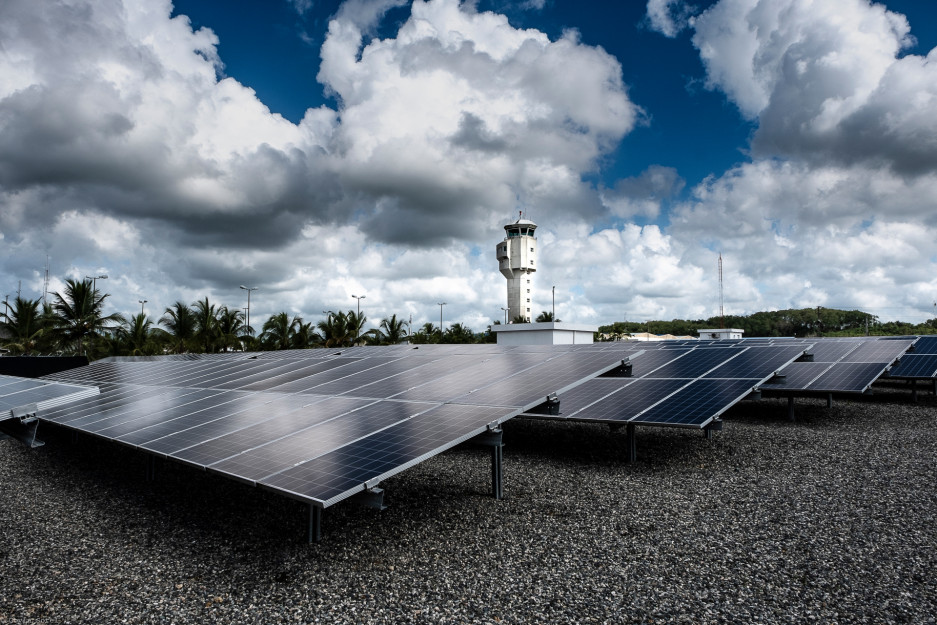
Solar farms installed at airports in the Dominican Republic have cut the volume of CO2 emissions across all sites by 13,5.
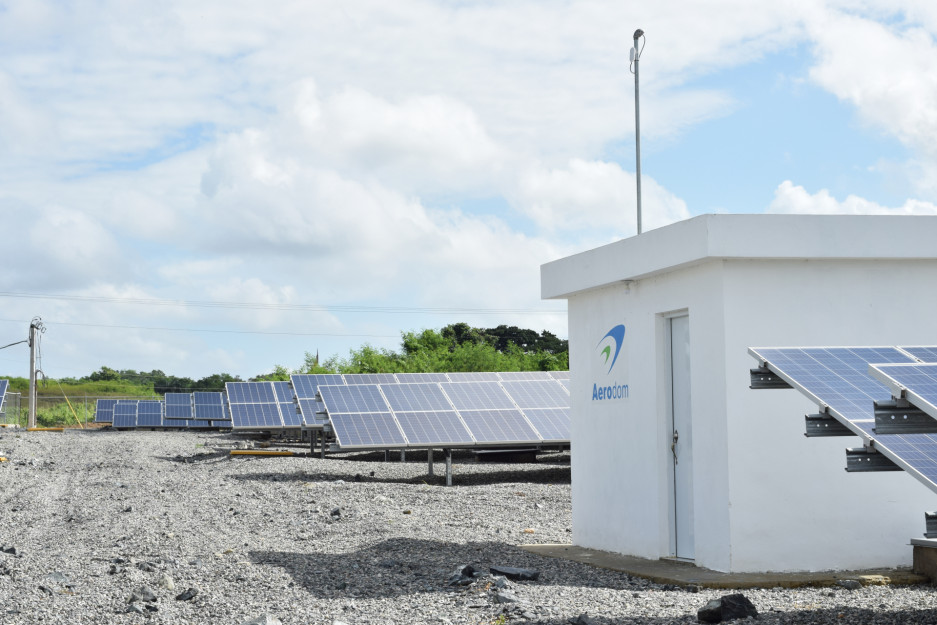
The solar plan doesn’t only focus on high-traffic sites. Each airport has an installation tailored to its specific challenges. The airport at Barahona, 180 km from the capital Santo Domingo, welcomed just 248 passengers in 2018. It is equipped with 616 photovoltaic panels generating electricity equivalent to 77% of the airport’s energy use.
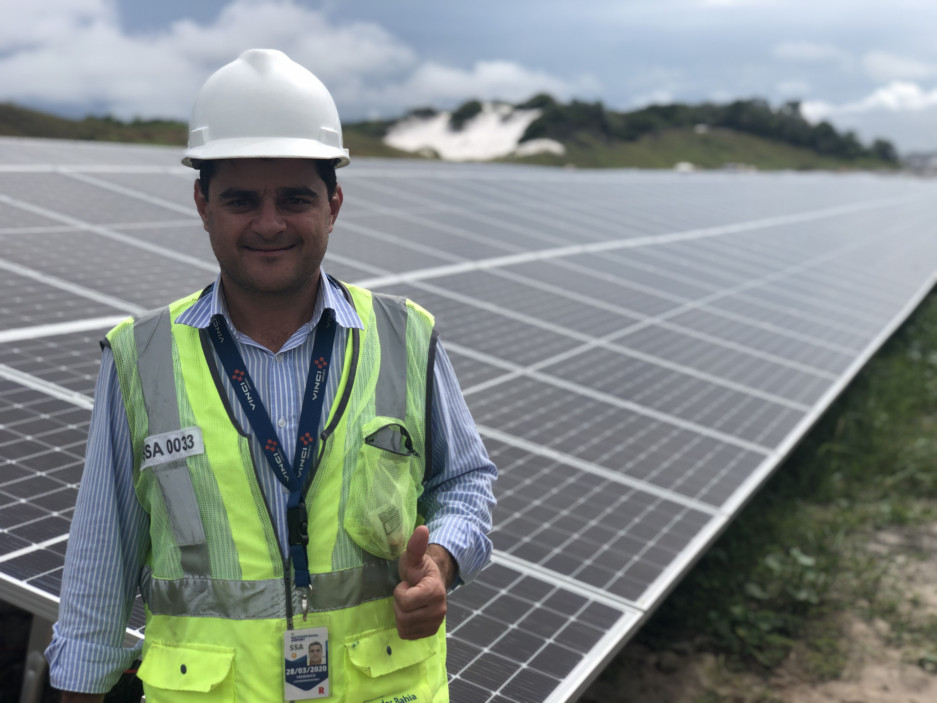
The lessons learned in the Dominican Republic can be applied across the entire worldwide VINCI Airports network. The local teams are already swapping advice and best practices with airports in Salvador (Brazil) and Portugal.